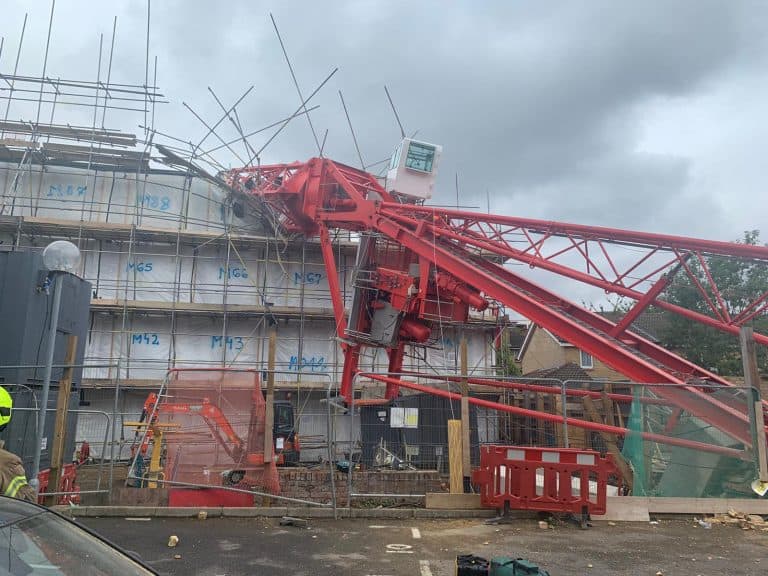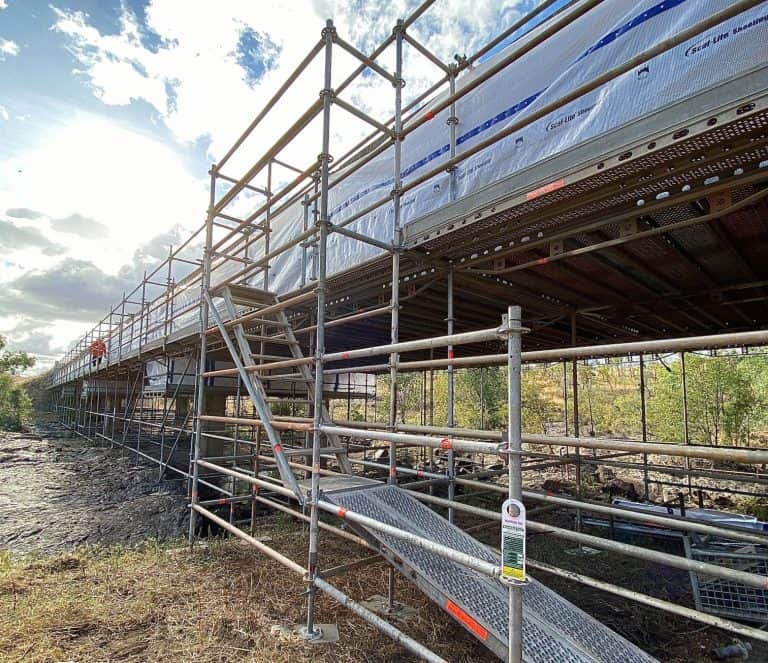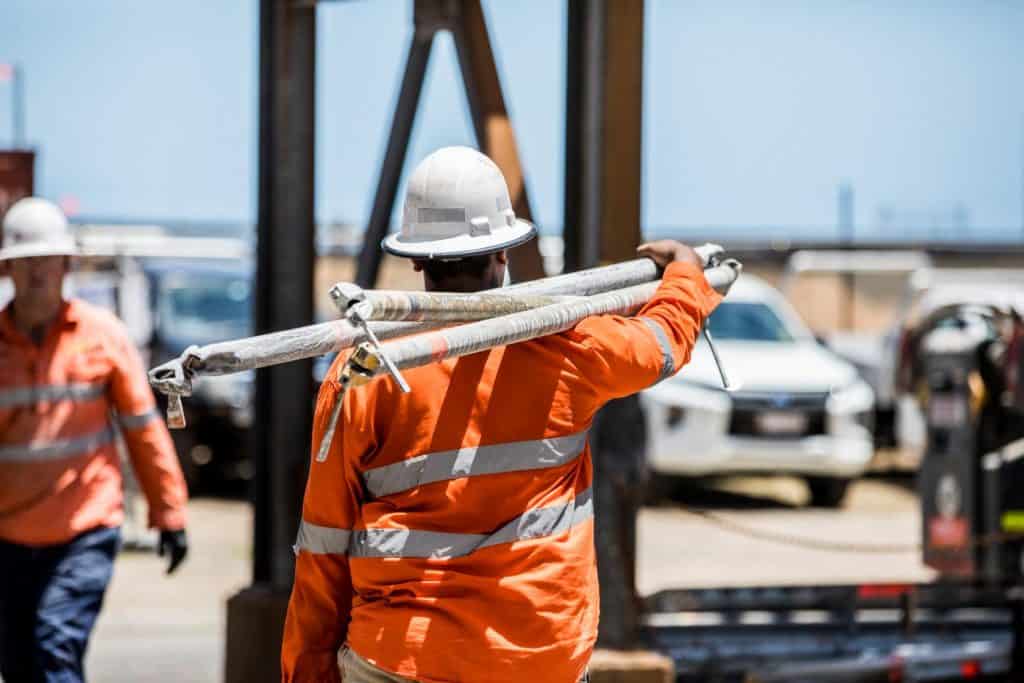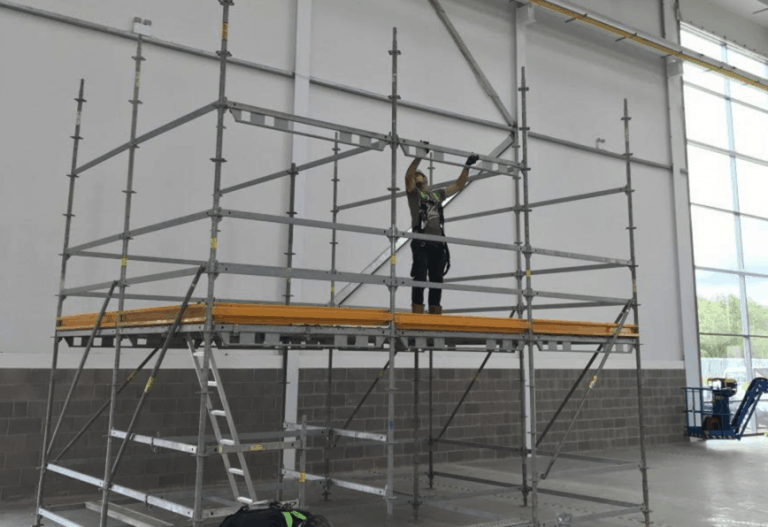The JMAC Group are set to create 40 full-time jobs in the North East following over £2m in contract wins and exports to Europe.
The Teesside based group, consisting of J Mac Scaffolding, J Mac Safety Systems & J Mac Industrial Services are proving there’s some positivity on the job front as the COVID pandemic restrictions ease.
Following on from the chancellor’s announcement 8th July, the group has started by launching a national recruitment drive with central office positions based in the Teesside region.
Whilst the impact of the coronavirus has forced many companies to lay off staff, JMAC Group are looking ahead and creating opportunities for a diverse range of skillsets.
The JMAC brand is well known in Teesside and many people will recognise the name from their original company, JMac Scaffolding, which has been part of the construction industry for almost four decades now.
Since then, the JMAC brand has expanded and grown to such an impressive extent they are now looking for more people than ever & showing no signs of being slowed down by recent events.
Within the past month, almost all of their staff have returned from the Government Furlough Scheme, and have now started as they mean to go on, with the appointment of the Group Head of Finance &, Head of Marketing, Hire/Sales Controller/Office Manager, along with a temporary Industrial Operations Manager. The current roles they are actively recruiting for are:
- HR & HSEQ Coordinator
- Business Development Manager
- Industrial Operations Manager
- 5 Hire & Sales Representatives (National) Scotland, Yorkshire and Humberside, South East, North West, Midlands.
- 25 Scaffolders
- 4 Safety Decking Installers
- 2 Drivers
- 2 Yard Operatives
Speaking of the recruitment drive, JMAC Group MD Luis McCarthy said: “The JMAC brand began back in 1981 in Teesside, and that’s something we’re very proud of. Our heritage means we’ll always look to support our area and the people in it. Where possible, we use local suppliers, local people and local products to drive a variety of areas in our business and the coronavirus setback will not stop us from doing so.
The pandemic hit us hard, as it did for many people, but we are coming back harder and faster than ever with a spring in our step following commercial support from Santander & Clive Owen. We are now in a position to create almost 40 Full-time Jobs in the area following over £2m in contract wins and our first exports to Europe.”
Hire & Sales Manager, Aaron Foley, added: “We’ve spent the past few months pushing to ensure we can continue as normal as possible with JMAC after lockdown and it’s really paying off for us. We’ve recently sold a large number of our BrickGuard products to Total in Belgium. We’ve won new contracts with large clients such as Vistry Group, Tolent & Countryside Properties, Thirteen Group, not only this, our locally manufactured products have been dispatched to Persimmon Homes in Scotland showing the construction and housing market is well and truly back.
There are so many exciting things happening, it’s a great time for people to join our team.”
You can contact the JMAC office on 01642 563696 if you have any questions.
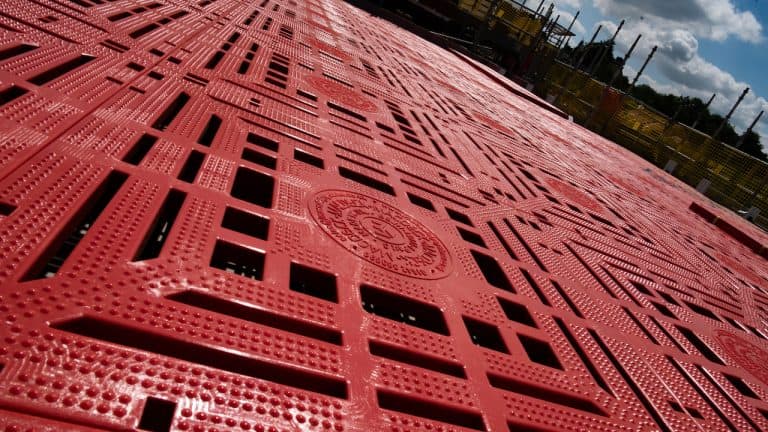

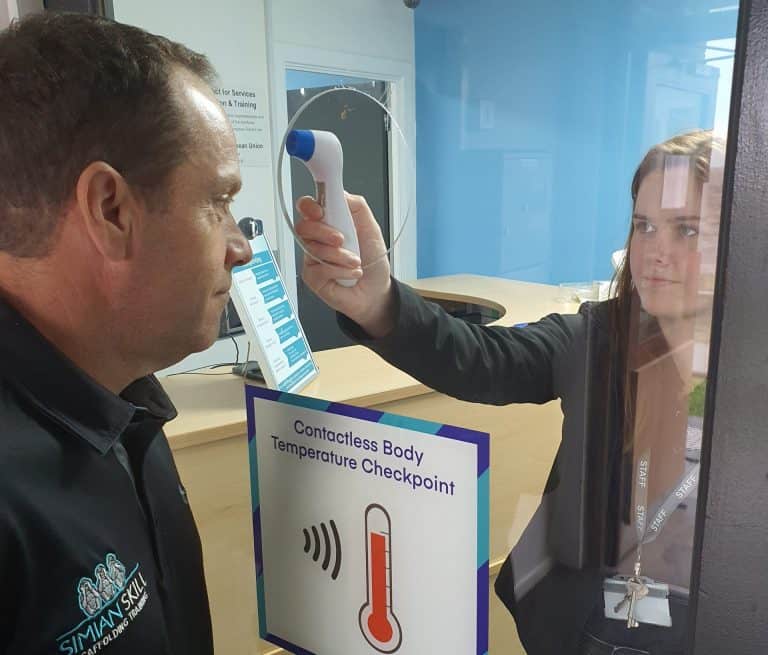
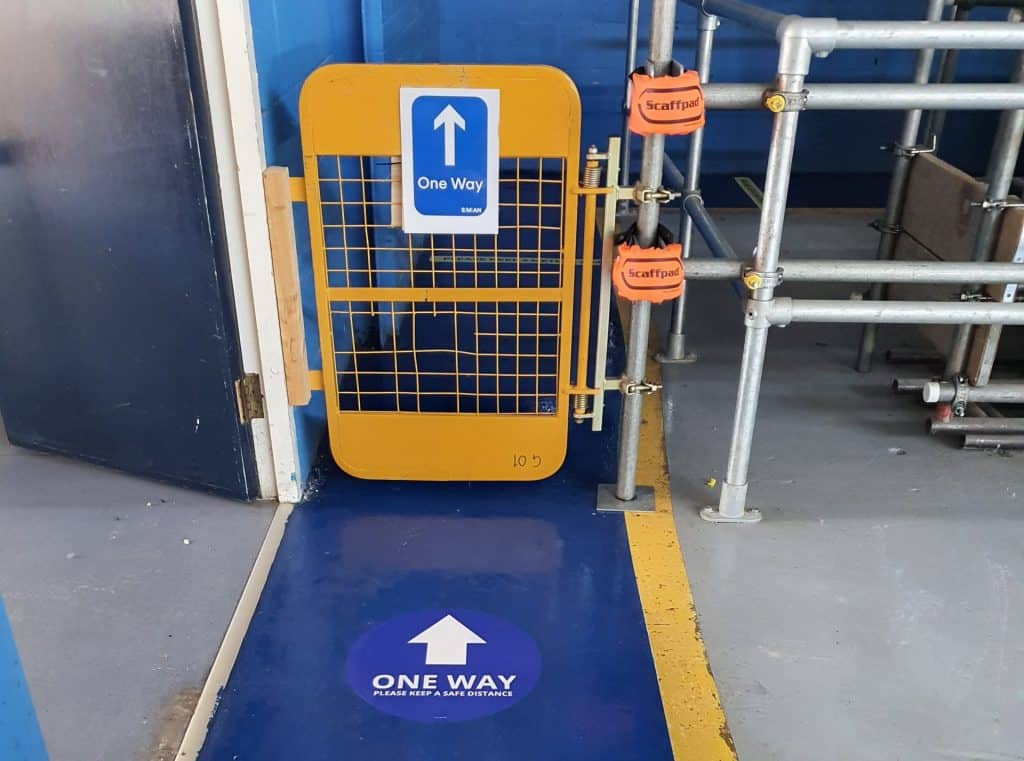
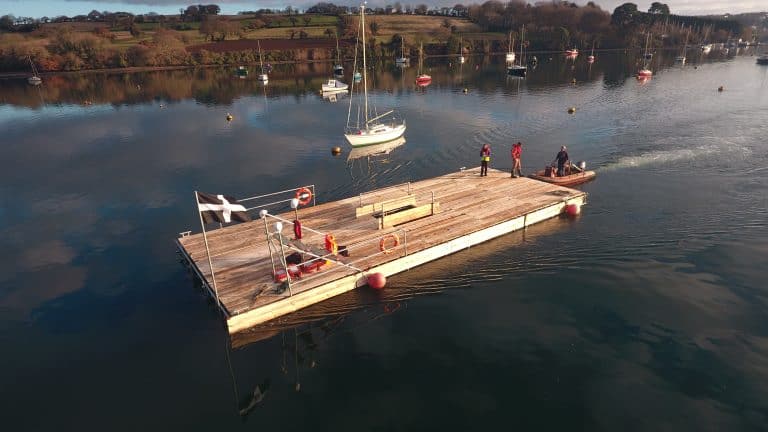
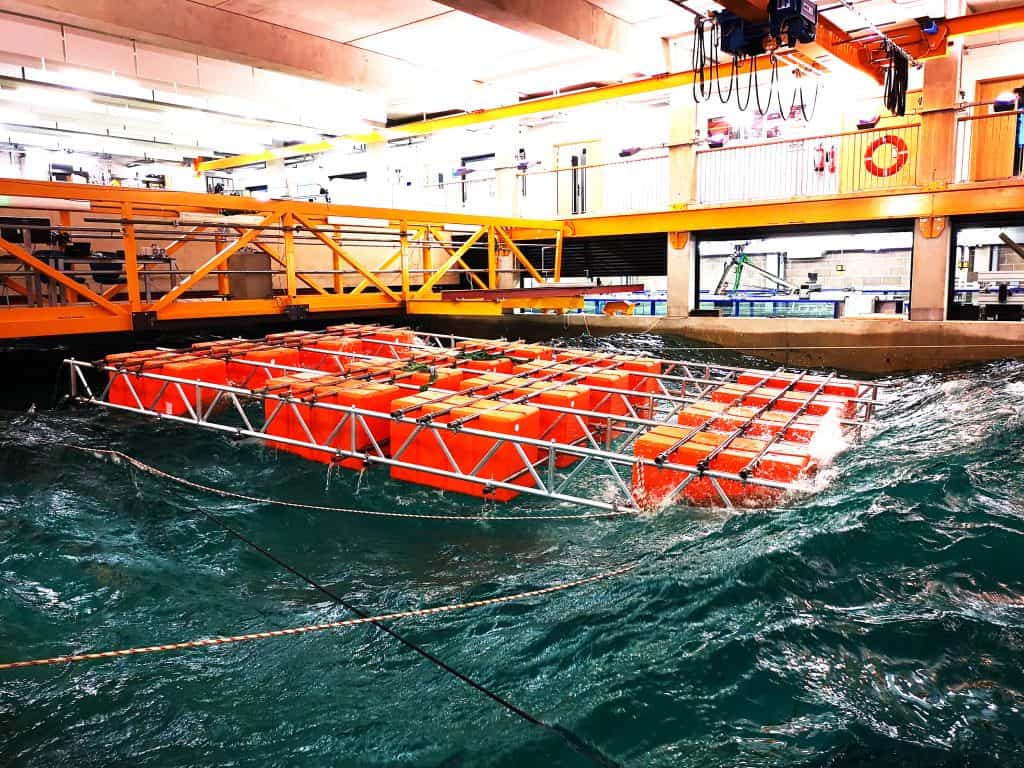
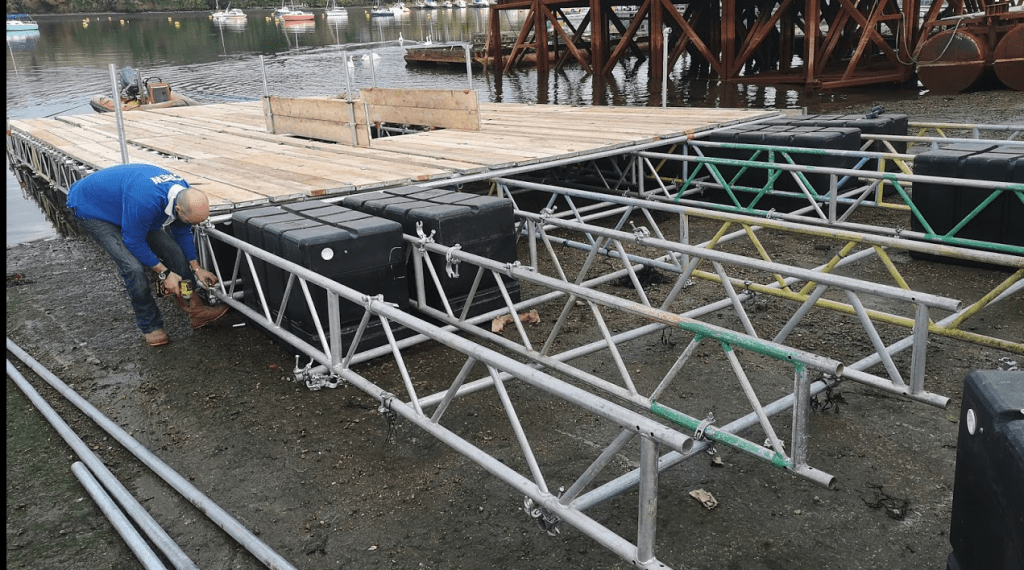
 Roger Tice, Managing Director of
Roger Tice, Managing Director of 